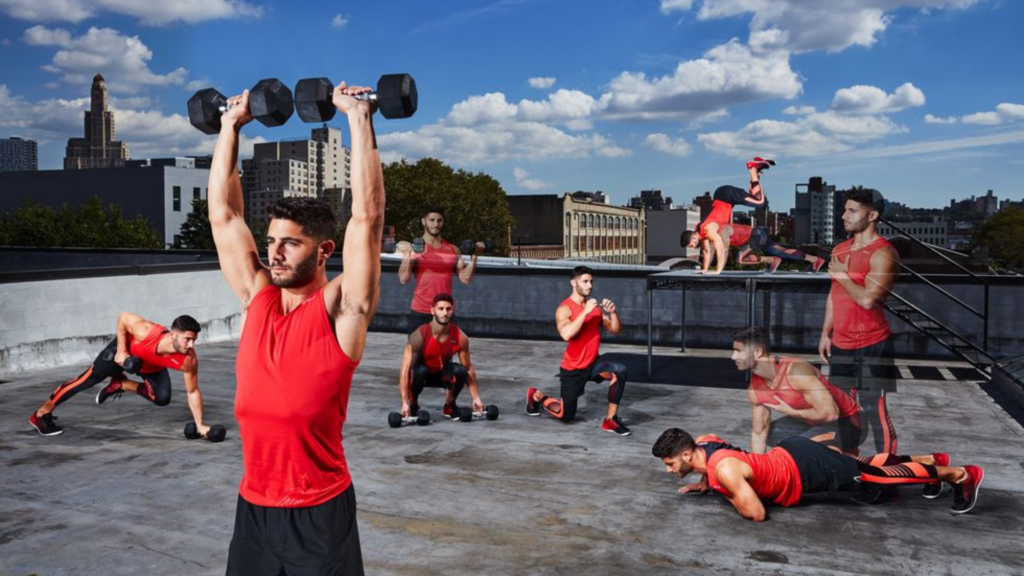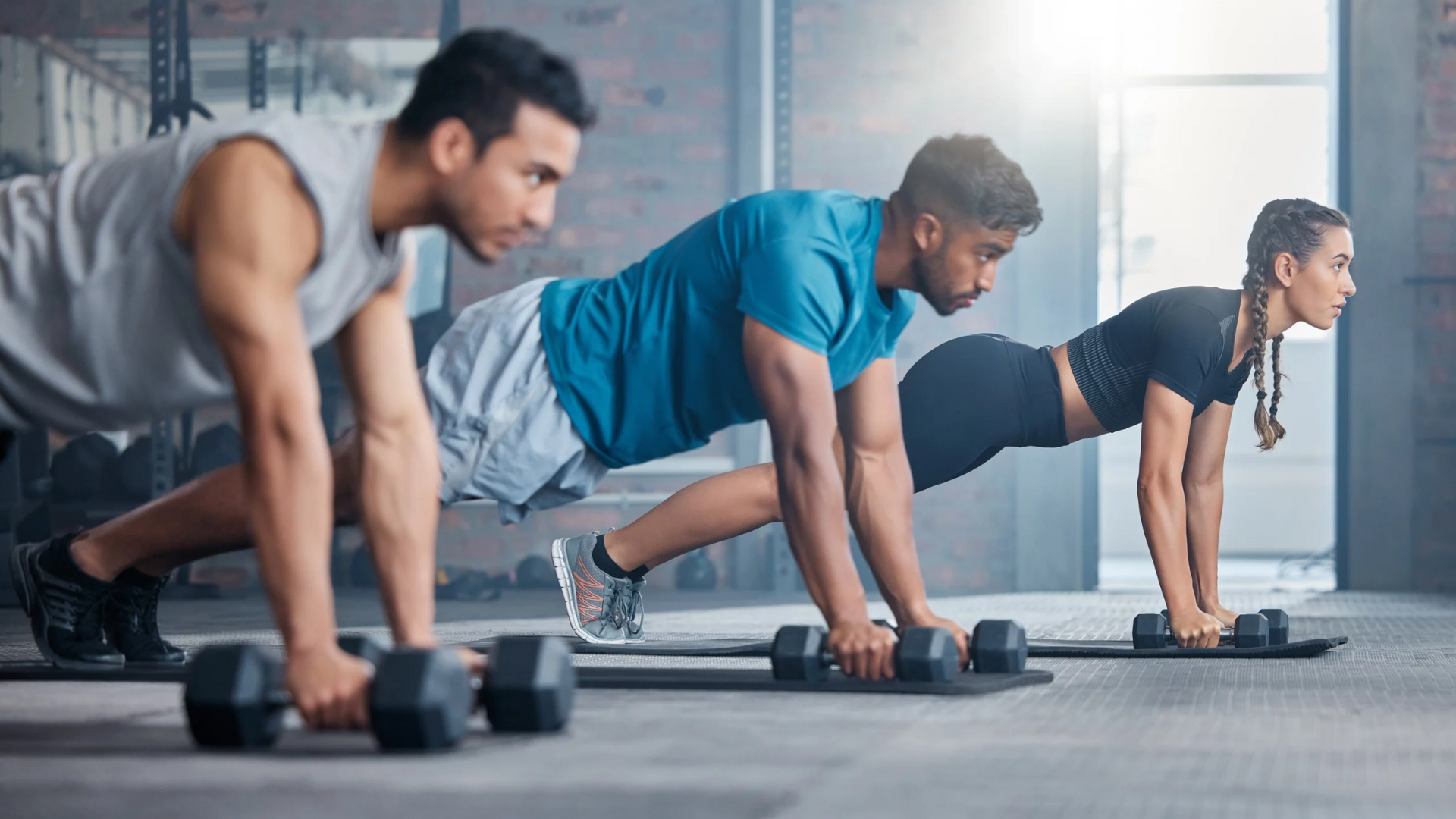As the harmattan breeze sweeps across Nigeria and much of West Africa, it can be tempting to put fitness on hold until the return of warmer weather. However, health experts warn that physical activity remains just as important during the cooler months—even when the sun disappears early or lazy mornings stretch longer on weekends. For those looking to avoid the risk of adding extra kilos or losing muscle strength over the holidays, versatile and speedy home workouts are a game-changer. Below, we break down a set of six dynamic exercises you can rotate in endless combinations, offering a quick, powerful, and effective way to burn fat and boost strength whether you’re at home, in the gym, or even travelling.
Busy Lagosians, Abuja professionals, and students from Port Harcourt to Accra often juggle demanding schedules between work, hustle, and family. For many, sparing even thirty minutes for formal exercise can seem impossible. The solution? High-Intensity Interval Training (HIIT)—an approach endorsed by health and fitness experts worldwide. HIIT uses timed bursts of effort interspersed with brief rest, maximizing results in minimal time. According to the Lagos-based physiotherapist Dr. Adaeze Nwosu, “Regular high-intensity workouts can improve cardiovascular health and are especially useful for Nigerians who face time and space constraints.”
Imagine you’re waiting for your kids to finish shopping at Shoprite or Palms Mall, or squeezing in a few moves before work. You don’t need fancy equipment or much space: just motivation and a willingness to move. Here’s how to structure an efficient, flexible HIIT session tailored for West African lifestyles:
- Short on time? Select three exercises and do each for three minutes, using 30-second intervals (20 seconds of maximum effort, then 10 seconds to rest).
- If you have a bit more time, pick four moves; complete each one for a minute, resting for 20 seconds between exercises and one minute between rounds. Repeat as many rounds as you can manage.

For best results and lasting health benefits, this routine should be repeated at least three to four times each week. Regularity is key, as experts like Ghana’s Stacey Addo, a sports coach in Accra, note: “Consistency with short, intense workouts can produce incredible results, even with minimal equipment.”
1. Two-Point Renegade Row
- Begin in a high plank or push-up position, gripping a pair of 6 kg (or lighter) dumbbells. Draw your left knee in towards your chest while simultaneously rowing your right arm up toward your hip. Reverse the movement—this time, bring your right knee forward while rowing the left dumbbell. That’s one repetition. No dumbbells? Use water bottles or other weighted objects found in the home.
2. Dumbbell Thruster
- Stand tall and grip a pair of 10 kg (or lighter) dumbbells at your shoulders. With your chest up and back straight, squat down until your thighs are parallel to the floor. Drive up from your heels to a standing position, pressing the dumbbells overhead until your arms are fully extended. Lower the weights back to your shoulders to complete a rep.
3. Dumbbell Squat Curl Press
- Place a pair of 10 kg (or lighter) dumbbells shoulder-width apart on the ground. Squat down, pick the weights up using an underhand grip, and stand straight. When the weights reach your waist, curl them up to your shoulders, then press the dumbbells overhead. Carefully reverse each action back to the starting squat for one full rep. This full-body movement works several muscle groups and is highly effective for burning calories.
4. Split Squat Lateral Hop
- Stand in a split stance—left foot forward, right foot back. Lower your body into a split-squat until your left knee is at a 90-degree angle (don’t let your back knee hit the ground). Before rising, hop lightly to your left, keeping your stance, then hop right. After two hops, jump upward and switch legs so your right foot comes forward. If this is too challenging, try standard jump lunges. Local trainers in Abuja recommend this for improving balance and explosive power, even for footballers and okada riders.
5. Mountain Mule Kick
- Start in a push-up position on your hands and toes. Explosively kick both legs up behind you, as if aiming for a mini-handstand. Land with your right knee tucked toward your chest and your left leg outstretched. Then reverse, drawing your left knee toward your chest while extending your right leg. Repeat, focusing on driving through your knees. This exercise is popular in Lagos boot camps and is known for building both strength and endurance.
6. Single-Arm Burpee
- Stand upright and place your left hand on your chest. Bend at the knees and hips, leaning forward until your right hand touches the floor. Jump or step your legs out into a plank, lower your body to the ground (you can put your knees down if needed), then push back up and return to standing. Alternate arms each rep. For those new to fitness, a regular burpee is a classic alternative.
It’s worth noting that these exercises are adaptable: those without access to dumbbells can improvise with everyday household items, such as large bottles filled with water or sandbags used in markets across Lagos or Kumasi. Experts recommend maintaining focus on proper form to avoid injury, especially when training on hard floors common in West African homes.
From a cultural perspective, fitness is quietly gaining traction in Nigeria and Ghana, with online communities and wellness clubs pushing back against rising rates of obesity, hypertension, and diabetes in urban areas. According to the World Health Organization, physical inactivity is a leading risk factor for non-communicable diseases in sub-Saharan Africa, yet simple daily routines can have a significant impact. “You don’t need a fancy gym or lots of time. With just your body weight and some discipline, you can make real progress,” says Emeka Eze, a fitness coach based in Enugu.
Globally, HIIT is praised for its ability to burn more fat in shorter periods than traditional steady-state cardio, according to several international studies. Locals are now leveraging WhatsApp exercise groups, Instagram fitness challenges, and church-based wellness programs to stay motivated. In fact, virtual group workouts during recent lockdowns inspired many West Africans to explore home fitness with minimal equipment and flexible routines.
Of course, some challenges remain for those looking to maintain consistent exercise habits in West Africa. Power outages, busy schedules, cramped living spaces, and cultural perceptions about gender and exercise can make regular fitness routines difficult for some individuals. Still, solutions exist: working out early in the morning before the day’s heat sets in, joining neighbours for group sessions in shared compounds, or integrating family members into the routine for motivation and accountability. According to research published by the Nigerian Institute of Medical Research, group exercise not only increases adherence but also improves mood and social connection.
Ultimately, the key is consistency—not perfection—and making movement part of your daily routine. Regular high-intensity workouts support heart health, help manage stress, and can lower the risk of metabolic conditions common in Nigerian and Ghanaian communities. West African athletes—from Super Falcons to local marathoners—often employ similar principles in their off-season training. The best part? You don’t need expensive equipment, gym subscriptions, or even a large space. Motivation and a willingness to try is enough.
What are your favourite ways to stay active during the harmattan or rainy season? Do you prefer working out solo, with friends, or in community groups? Drop your thoughts in the comments below and share any creative tips you use to stay fit!
For support or general inquiries, reach out to support@nowahalazone.com.
Want more locally relevant health and wellness content? Follow us for daily updates and inspiring stories on Facebook, X (Twitter), and Instagram.
Share your thoughts in the comments—and don’t forget to pass this workout along to friends and family who need a healthy boost!









